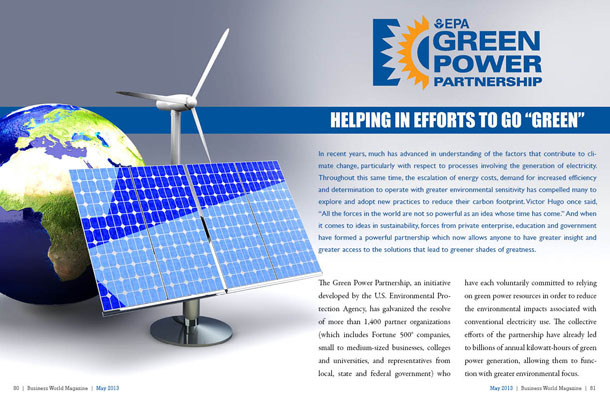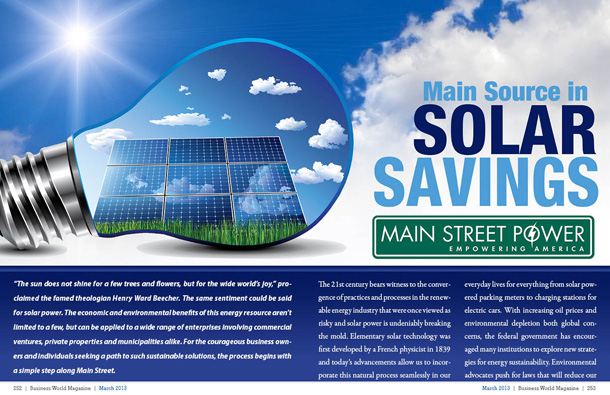
Taking it to the next level
 Cue Energy Resources Limited is an oil and gas exploration and production company that focuses its efforts on the geographical areas of SE Asia and Australasia. Cue has developed a portfolio of petroleum assets through both exploration and acquisition. The company has a solid base of producing assets in Papua New Guinea, Indonesia and New Zealand and has a number of high quality exploration assets in Australia and New Zealand. The company has a very solid platform for growth, and that growth will be facilitated by a significant net positive cash flow stream from its producing assets. This solid platform distinguishes Cue from its small to mid cap peers on the Australian Stock Exchange. With over 12 projects on the go, Cue Energy holds anywhere from a 5 to 40 per cent stake in the development of each project, and is seeking to cut its teeth as an operator of oil and gas projects.
Cue Energy Resources Limited is an oil and gas exploration and production company that focuses its efforts on the geographical areas of SE Asia and Australasia. Cue has developed a portfolio of petroleum assets through both exploration and acquisition. The company has a solid base of producing assets in Papua New Guinea, Indonesia and New Zealand and has a number of high quality exploration assets in Australia and New Zealand. The company has a very solid platform for growth, and that growth will be facilitated by a significant net positive cash flow stream from its producing assets. This solid platform distinguishes Cue from its small to mid cap peers on the Australian Stock Exchange. With over 12 projects on the go, Cue Energy holds anywhere from a 5 to 40 per cent stake in the development of each project, and is seeking to cut its teeth as an operator of oil and gas projects.
Changing directions
CEO of Cue Energy Mark Paton is very excited about the future of the company and is enthusiastic about recent developments. He has recently been appointed to his position, but his long career in the industry has made him a perfect fit for the company’s present and future. “I graduated from the University of Leeds with a First Class Honours Degree in Chemical Engineering in 1980, and I immediately joined the industry with BP in the North Sea.” He says that it was a great time to enter the industry because the whole industry was booming. “Oil reached a high of $39.34 a barrel within a few weeks of my arrival on a Forties platform,” he says. “In 1980 a lot of petroleum engineers were recruited at the same time as me, and we all received extremely good training.” This training proved to be a major boon to his future career and his own personal development. He also says that the industry as a whole has not done as well recruiting or training since, and he was very fortunate to get in when he did. “There is really a huge shortage of qualified personnel in the industry at the present time,” he adds. “Oil and gas investment in Australia over the next five to ten years will be enormous but it’s hard to see where all of the people will come from to drive these developments”.
After finishing what he calls his “basic training” in the North Sea, he went on to work in BP’s head office in London, in the production technology field. He then travelled to Holland in order to commission an on shore gas processing facility, and an off shore gas platform. Later he travelled to the Qatar in the Middle-East on secondment for QGPC Onshore. “There I worked in the planning area looking at the gas supply and demand of the country. It was in the early stages of thinking about the development of the North Dome. There I worked from 1987 to 89,” he says. After that, he emigrated to Australia to join BHP Petroleum in Northern Australia to run sub-sea well completion projects, eventually becoming the operation manager for BHP’s Northern Australian operations, working on the Challis, Jabiru, Skua and Griffin Fields.
“I left BHP to start my own private company. I left a secure job to take what I suppose is the ultimate risk – that is to leave a good job to go onto one with zero salary. With a fellow named Cam Rathie I started an oil and gas service company called Upstream Petroleum,” he says. The gambit paid off and Upstream Petroleum grew to 450 employees with offices across Australia in Perth, Brisbane, Melbourne, and Darwin. In Darwin they established workshops in order to provide services. They drilled wells on behalf of oil companies and developed and operated fields in Australia and in SE Asia. “I guess that one of the most important things we did was develop and operate the Basker/Manta field in the Bass Strait on the behalf of Anzon.” In 2006 Upstream Petroleum was sold to the AGR Group, of Norway. “The end of 2006 was exactly the right time to sell a company, because right after that was the GFC,” he says. After that he worked in Malaysia for AGR, helping them build their business there. He eventually resigned the position, took what he calls a career break, and then joined the Cue team in Melbourne.
Paton thinks that his technical, business, and operational background is well suited to the position, and that he adds operational and project experience and entrepreneurial skills that Cue would have otherwise lacked. The Board at Cue thought the same thing. “Cue was very good on the exploration side of the business, so I don’t have to be,” he chuckles. “We have a very good exploration team, but I am the only guy from the other end of the spectrum who has a production and projects background – but we are now in the process of building a real operating capability,” Patton comments. He sees Cue as having huge potential to grow and become a financial success. “The thing I like about Cue is that it has a very solid platform for growth, with about 50 million dollars in the bank, net positive cash flows of around 30 million dollars depending on the price of oil. There is a substantial amount of money that we can reinvest in the business every year. You don’t have to go to the banks or back to the shareholders every time you need to do something.”
Focusing on the payoff
With much of their focus on off shore and SE Asian markets, Paton says that the company’s focus is in developing fields that are within an 8 hour flight from Melbourne. This is for two reasons he says: first it does not stretch the logistics of the company, and generally it also means that personnel are operating within generally the same time zone. He gives the example of the Maari oil field in New Zealand. “This project is a significant contributor to our cash flow, and has helped us maintain our cash flow positive status,” says Paton.
“Our market cap can range from $200 to 300 million at present,” he reports, “but in three to five years we hope to be looking at a market cap of about $1 billion.” This is what he is so enthusiastic about. “We are continuing our focus on Papa New Guinea, Asia – particularly South East Asia – New Zealand and Australia. That hasn’t changed since my predecessor’s time, if you can get to a place within an eight hour flight from Sydney than that is something we are looking at.” He says that this is the general rule, but if they see an opportunity that calls out to them outside of this self-enforced boundary they will of course examine it. It is this flexibility that has served them so well.
As an exploration company Paton says Cue is seen as a high risk investment. Our investors expect to make a superior return for taking this risk. The Global Financial Crisis caused many people to look to make safe investments, which made it tough times for small companies like Cue, but with the return of more stable markets and continued growth in both the Australian market and its resource industries, companies like Cue Energy look more and more appealing.
“My predecessor Bob Coppin did a very good job at building a strong foundation for this company,” says Paton. “Now my task is to build on those foundations and drive Cue Energy to the next level.








